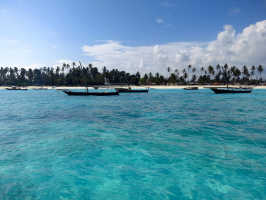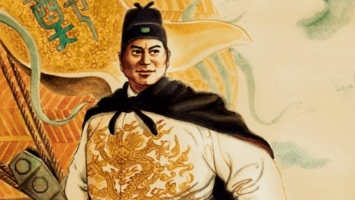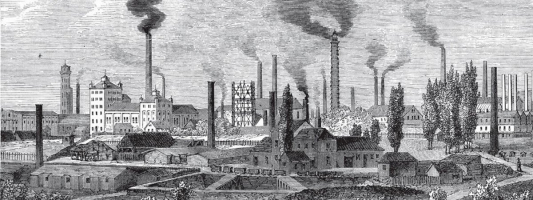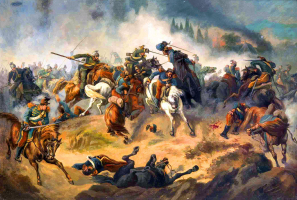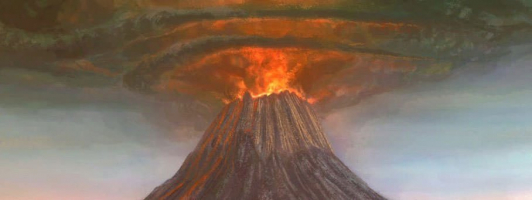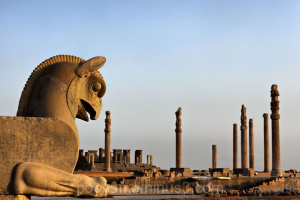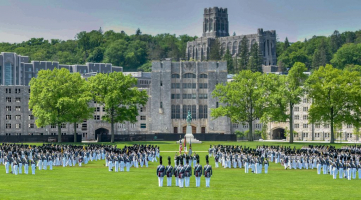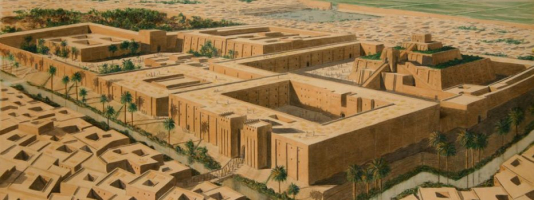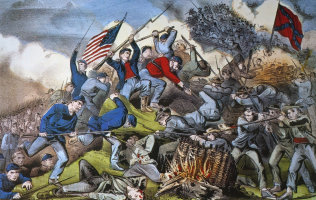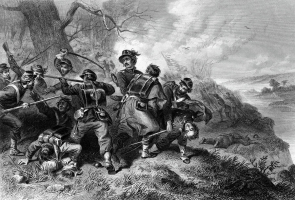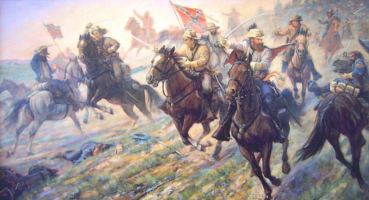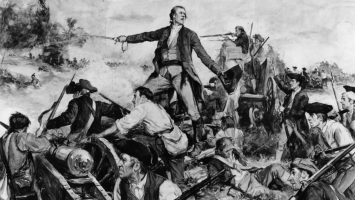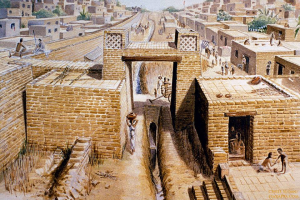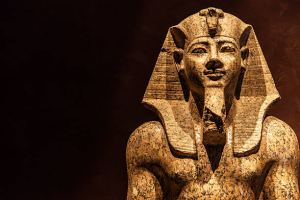Top 7 Facts About The Largest Waterfall - Victoria Falls
The Victoria Falls has been dubbed the "World's Greatest Falling Water Curtain," and it is one of the Seven Natural Wonders of the World. Victoria Falls is ... read more...becoming an increasingly popular tourist attraction — it certainly is spectacular. The location has a variety of distinguishing features, which may help to explain its allure. Here are the top seven facts about Victoria Falls, the iconic waterfall on the border of Zambia and Zimbabwe.
-
One of the most well-known facts of Victoria Falls is it is the largest waterfall in the world. As the Zambezi River's halfway point, Victoria Falls may be seen in all of its splendor from both Zambia and Zimbabwe, both countries in Africa. Five hundred million gallons of water per second can pour over the brink of the basalt cliff at Victoria Falls, making it the largest waterfall in the world. It's possible that certain attractions will be temporarily closed or will need reservations. Possible changes to hours and availability.
Because Victoria Falls is the largest waterfall in the world, it is regarded as one of the seven natural wonders of the world. The massive waterfall is 1688 meters long (equivalent to the length of the river) and descends 108 meters over a basalt cliff to continue the Zambezi River below. Four of them are in Zimbabwe, while one is in Zambia. In Zimbabwe, they are known as The Devil's Cataract, Main Falls, Rainbow Falls, and Horseshoe Falls, while in Zambia, they are known as the Eastern Cataract.
The upper Zambezi river is thought to have diverted to the east about a million years ago, causing the waterfall. The river was redirected over a bed of basalt that is 305 meters thick. Basalt fissures are created by cooled molten lava.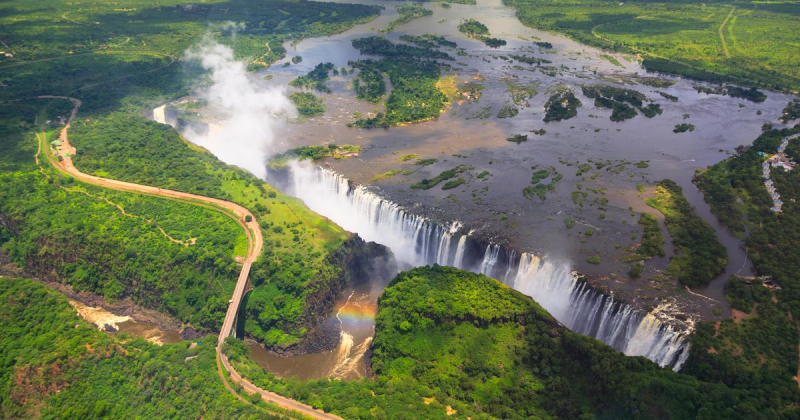
Photo: kayak.com Video: Amazing Places on Our Planet -
The spectacular natural marvel of the Victoria Falls, known to the native residents of the region for generations, was first brought to the notice of the wider world in 1855 by the great Scottish missionary and explorer Dr. David Livingstone.
The Zambezi, formerly known to Europeans only by its lower stretches and large delta on the east coast, was discovered by Livingstone and his traveling companion William Oswell in the middle of 1851 as they ventured north into the uncharted interior. They eventually arrived at a large river that the people living along its broad reaches called the Liambai.
According to most authorities, David Livingstone was the first European to arrive at Victoria Falls on the present-day boundary between Zambia and Zimbabwe on November 16, 1855. Locals, on the other hand, had known about the Falls for a long time. Mr. PCG Adams discovered an entry in one of the small notebooks used by Livingstone for making daily notes and from which he wrote up his journal once or twice a week that read: "Musioatunya bears SSE from Sekota islet after 20 minutes sail thence on 16th November 1855, saw three or five columns of vapour rising 100 or more feet.."
Video: Secrets of the Dead PBS 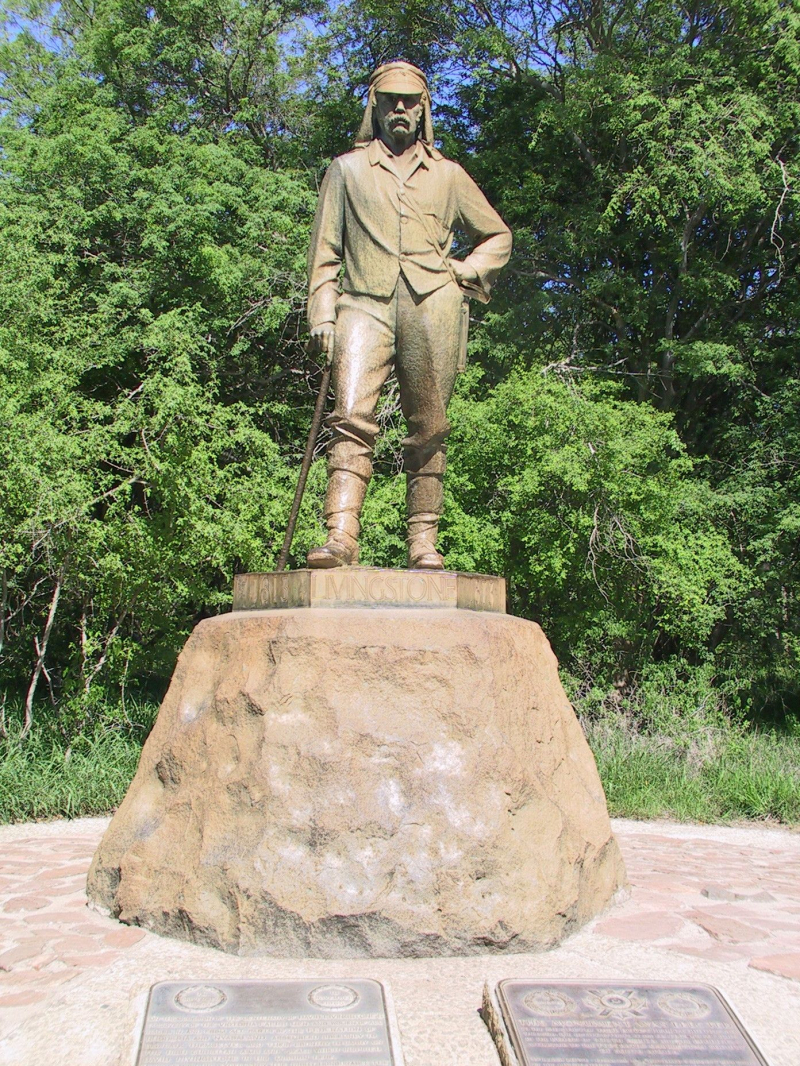
Photo: pinterest.co.uk -
The third fact is it rains all day long. The Victoria Falls Rainforest, the only spot in world where it rains every single day of the year, is located on the Zimbabwean side of the Falls. Visitors are encouraged to explore the forest, which is blessed with lush flora thanks to the rainfall. The continual spray from the waterfall supports and feeds the region of dense woodland flora that has come to be known as the Victoria Falls Rainforest. Only a small portion of Victoria Falls Park contains the main portion of the Rainforest, which is located on Cataract and Livingstone Islands on the lip of the Falls and across from the Main Falls on the Zimbabwean side, where a diverse and abundant plant community has grown thanks to the constant rain that falls in the shadow of the Falls.
Insects, amphibians, birds, and mammals are all supported by this diverse flora. The water gradually dries up further along the lip of the Falls, opposite the eastern part of the Falls, and towards Danger Point. Only heavy rains from the spray during high water periods is present. These areas lack the Rainforest's mature forest vegetation, which is replaced by a predominance of grass, bushes, and scrub.
As the cascade cut its way through the solid basaltic rock to form the winding Batoka Gorge, the rainforest likewise changed and moved through time, moving upstream with it. The current amount of rainforest is believed to be modest in comparison to former extents because of the varying size of the spray from the Falls during the various stages of the erosive process.
The current region of rainforest will dry out and perish as the conditions necessary for its formation migrate with the Falls, and new rainforest areas will grow as the river continues to erode down into its bed and starts to create a new fall-line. The Devil's Cataract region is already displaying traits of this diverse flora.
On your trip, you may observe how the rainforest changes, how the spray shoots up and turns into rain, and how severe it can become as you approach Danger Point on the eastern side of the Falls. Here is a video showing the Victoria Falls' many sections during the time of high and low water.
Video: Victoria Falls Guide Video: Victoria Falls Guide -
Nobody has ever been to the Victoria Falls who has stated, "Don't go chasing waterfalls." The breathtaking cascade is one of the Seven Natural Wonders of the World and is regarded as the longest stretch of water flowing in the entire world. However, relatively few people are aware of the Moonbow or Lunar Rainbow phenomenon and when to visit.
Moonbows near Victoria Falls illuminate the night sky for three days each month. It is one of the few spots on earth where this natural sight can be easily observed and occurs frequently.
Lunar Rainbows are far rarer and more delicate than their daytime counterparts since they are created by moonlight rather than sunlight. A stunning dancing rainbow appears in the night sky when a full moon is bright enough to have its light reflected by a waterfall or rainfall. The moonbows cast their brightest glimpse of color as the night wears on as they descend deeper into the gorge.
The Lunar Rainbows appear from February through August, when the water is at its highest. The National Heritage Commission, the organization in charge of this world heritage site, will open the park from 1800 to 2400 on the night before the full moon, the night of the full moon, and the night after the full moon if you happen to be in Livingstone during those times.
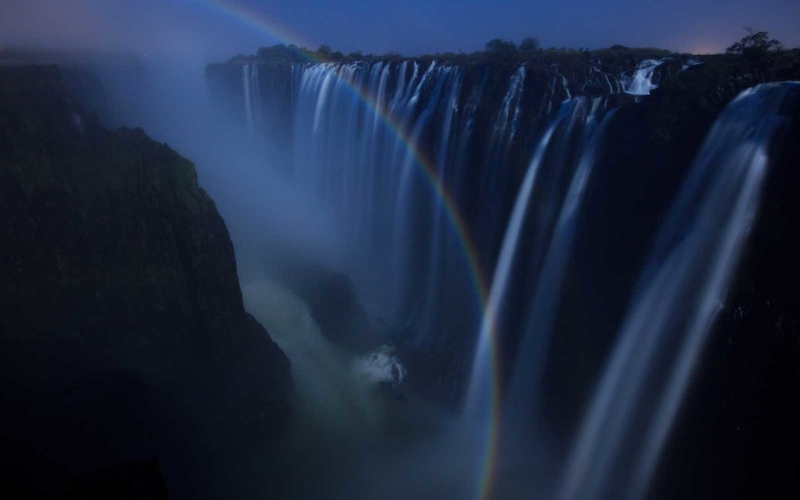
Photo: the-wolf-and-moon.tumblr.com Video: BlettiPhoto -
Victoria Falls is a part of two national parks: Victoria Falls National Park in Zimbabwe and Mosi-oa-Tunya National Park on the Zambian side. Because of the falls' unusual location, you may face them and experience all of their thunderous sound and power. In Southern Africa, the rainy season lasts from late November to early April. Travel between February and early May when they are at their most flooded if you want to see the falls at their most magnificent. Having said that, Victoria Falls is an excellent vacation spot all year round.
There are various activities available in the region besides visiting the falls. On both the Zambian and Zimbabwean sides, the falls are located in national parks. Other national parks are located around the falls and provide opportunities to see some of Africa's well-known animals, including zebras, antelopes, lions, elephants, giraffes, buffaloes, crocodiles, hippopotamuses, leopards, lions, and monkeys. You may combine seeing the waterfalls with bungee jumping, whitewater rafting, zip line, kayaking, fishing, boat cruises, canoeing, horseback riding, nature walks, and much more, whether you're staying on the Zambian or Zimbabwean side. Always keep in mind that the activities you select depend on the time of year you are visiting. The Zambezi River is best used for activities when the water is low and the current isn't too strong. If you only intend to visit the falls, we advise going during the rainy season to see the cascades at their most powerful.
The area's main allure is undoubtedly seeing the waterfalls and strolling along their walkways. Both the Zimbabwean and Zambian sides offer the chance to view the biggest waterfall on earth. On the Zambian side of the falls, the park is known as Mosi-oa-Tunya National Park, whereas the falls are situated in Zimbabwe's Victoria Falls National Park. While you can see the falls from either side, there is a minor difference in the viewing experience.
The environment is more beautiful and offers the best views of the falls on the Zimbabwean side. On the Zimbabwean side, you can stroll along the lovely rain forests at the many vantage points. The Horseshoes Falls, Main Falls, Rainbow Falls, and the Devil's Cataract are the four major falls parts that may be seen from the Zimbabwean side. On the Zambian side, a waterfall known as Eastern Cataract, which is the second-deepest falls, can be discovered. It is crucial to highlight that using the Victoria Falls Bridge is an easy way to cross the border between Zimbabwe and Zambia. Just remember your passport and be ready to pay a fee.
Video: Reel Life Productions Video: Discover Africa Safaris -
Since both Zambia and Zimbabwe provide views of the falls, most visitors initially wonder which is better. There are always advantages and disadvantages to both.
Zimbabwe:
Zimbabwe is the home to two-thirds of the falls. Explore the well-marked pathways that weave through the jungle in Victoria Falls National Park to access 16 various vantage spots. Enjoy the Main Falls' iconic frontal views from here; they are stunning even during the driest part of the year. While Victoria Falls Town is closer to the falls than Livingstone, the Zambian gateway, the Zimbabwean side is recognized for its outstanding prospects for wildlife viewing. Due to Zimbabwe's violent political history, several travelers worry about security risks. The area around Victoria Falls is thought to be reasonably safe, nevertheless.Zambia:
Fewer vistas are available in Zambia, and if you visit in the dry months (October and November), the Zambian portion of the falls might have dried up. However, many people favor Mosi-oa-Tunya National Park's slightly wilder, "road-less-traveled" atmosphere. At $15 per person, the park is also half as expensive as its counterpart in Zimbabwe. On both sides of the falls, the majority of activities are accessible. Only from Zambia's Livingstone Island can one access Devil's Hole, a natural bathing pool on the edge of the falls. This is a must-do experience for adrenaline addicts.Two Worlds at Their Finest:
Of course, seeing Victoria Falls from both nations is the greatest way to enjoy it if you have the time. The KAZA Uni-Visa, which enables travelers to travel between Zambia and Zimbabwe as frequently as they wish for 30 days, has made this easier than ever before. At a variety of entrance points, including the Victoria Falls land border and the airports at Livingstone, Victoria Falls, Lusaka, and Harare, you can acquire a visa when you arrive. If you return to Zambia or Zimbabwe on the same day, the visa also enables you to enter Botswana at the Kazungula border crossing.

Photo: go2africa.com 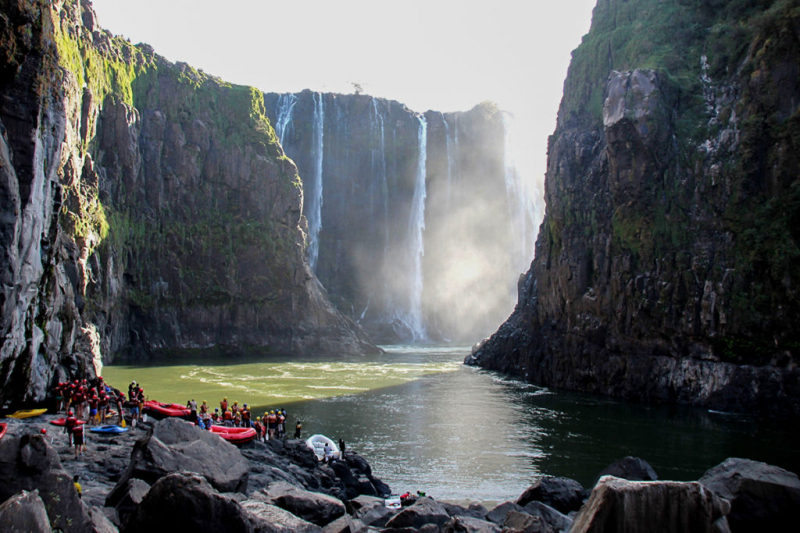
Photo: go2africa.com -
Livingstone Island is only a short swim away from Devil's Pool, which is situated in the Zambezi River near Victoria Falls.
Livingstone Island, which can be reached from the Zambian side of the Falls via speedboat in 5 minutes, is named for the Scottish explorer Dr. David Livingstone. In a dug-out canoe, he was propelled through rapids that were quite fast in the direction of the noise and rising cloud of mist suspended above a cliff that the entire Zambezi River crashed over. On the edge of the chasm, on what was previously known as "Goat Island," the Makololo paddlers expertly managed to land him. On November 16, 1855, after taking a few steps through a little rainforest, he came face to face with one of the most breathtaking vistas on earth, which he dubbed the Victoria Falls after his Queen.
A professional skipper picks up passengers in a twin-engine boat nowadays and follows Livingstone's route to the island to provide the finest possible view of the Falls. All excursions to the island must take place during the "low water" season, which typically lasts from mid-July to the end of January. Visits during high tide are not possible because the island is constantly being sprayed or rained on by the Falls.
Adventuresome swimmers can splash around in relative safety only a few centimeters from where the water crashes over the Falls when the river flow drops to a specific level, typically between September and December. This occurs when a rock barrier creates an eddy with a weak stream.
To get to the pool, one must first navigate a rocky path and take a quick dip in the Zambezi. Once there, the brave ones dive in, only to be forced over the brink by the river's fury. The waters of the Zambezi smash over the cliffs a few feet away as they come to a stop at the granite lip, often known as the "Devil's Armchair." In attendance are guides who will watch out for you and prevent you from going too far.
Video: Rhino Africa Safaris 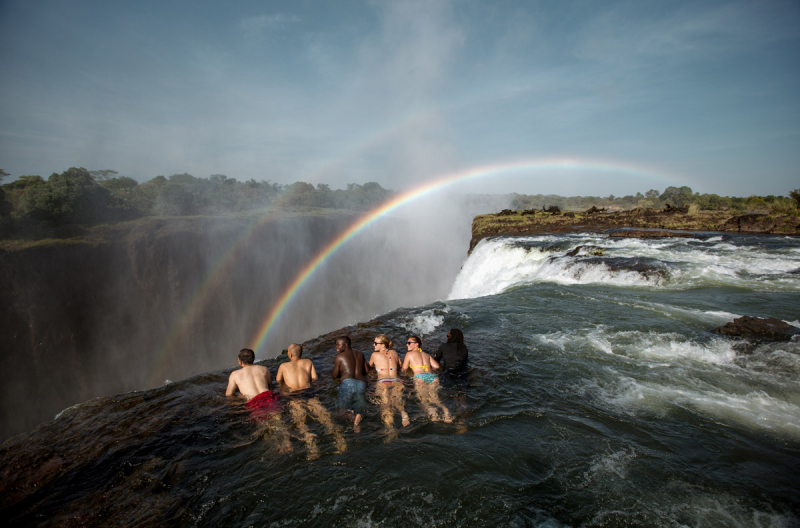
Photo: ashworthafrica.com









